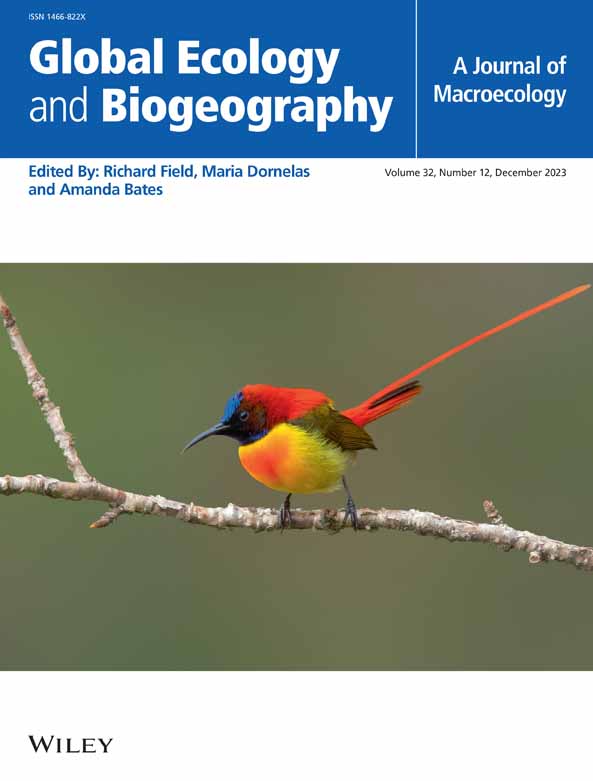Mapping Plant Functional Traits Using Gap-Filled Datasets to Inform Management and Modelling
Abstract
Aim
Plant traits are used to describe the functional properties of vegetation that are critical to terrestrial ecosystem services. Functional trait metrics for plant communities can be valuable for modelling important ecosystem properties such as fuel loads and nutrient cycling, future plant diversity and responses to global change. However, the vast scale of plant diversity means collecting trait and distribution data for all species globally is logistically challenging. Here, we evaluate the utilisation of gap-filling methods for providing more comprehensive functional trait metrics for plant communities.
Location
Australia.
Time Period
Current.
Major Taxa Studied
Australian native plants.
Methods
Here we use gap-filled species-level functional trait data and species distributions for Australia to map continental scale averages and variability in four core traits related to resource competition, energy budgeting and reproductive investment (maximum height, seed mass, leaf area and leaf mass per area [LMA]). We explore how trait patterns relate to climate (temperature and precipitation) and validate our mapping using comparable trait metrics derived from a network of 747 plot-based plant species inventories across the continent (AusPlots).
Results
Trait maps for maximum height, seed mass and leaf area were strongly and positively correlated, while mean LMA and LMA variability were negatively correlated with other trait means. Biogeographic patterns of trait averages and variability could be mostly explained (78% to 92% of variance) by annual precipitation and mean annual temperature, and their interaction. LMA was an exception, with only 46% of variance in spatial patterns explained.
Main Conclusions
Similar trait-climate trends from trait maps and plot-based inventories give clarity to an outstanding question of whether trait mapping captures patterns also evident in higher-resolution field-based studies. Our results indicate that trait maps reliably recreate known patterns, albeit at a greater scale, and can be applied to ecosystem dynamics modelling and other pursuits such as conservation prioritisation.


 求助内容:
求助内容: 应助结果提醒方式:
应助结果提醒方式:


